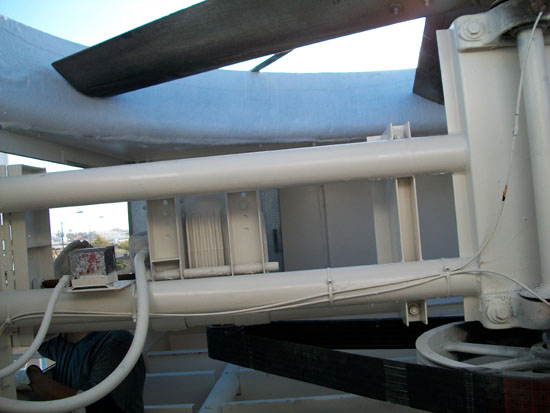What Is A Secondary Containment System?
What is secondary containment? Why do companies install them? The EPA states that in industries where chemicals, oils, and other hazardous materials exist, that there must be a secondary containment system in case of a leak or spill.
Types Of Secondary Containment
Secondary containment is a critical part of business and meeting state and federal requirements for environmental protection. This is especially true in industries that handle oil, chemicals, or other hazardous materials. The following are 3 types of secondary containment systems.
Concrete Storage Containment
The addition of standalone concrete secondary containment systems is an excellent option for spill mitigation, if facilities are large enough to accommodate them. These concrete secondary containment systems must also be coated to contain without leaks or spilling along with enough readily available spill kits on hand for hazardous materials. Ensure that the concrete coatings you have installed in on your concrete secondary containment system are rated for the oils, chemicals, or other hazardous materials your company uses.
Wall & Floor Containment
The walls and floor can also be sealed with coatings that will prevent cross contamination or seepage with the other chemicals or substances in the industrial facility. In this method a system of berms must also be installed to help effectively contain any potential spill.
Storage Container Containment
Secondary containment must be able to accommodate systems must be designed and maintained such that they would be able to hold the entire contents in the event of a spill. Secondary storage systems are allowed in some industries as storage containers that are held off the floor on top of pallets.
Secondary Containment Epoxy Coatings
The primary function of a secondary containment system is to prevent the oil, chemicals or hazardous materials used in industrial locations from harming the environment. This also helps companies avoid severe fines from the EPA from not maintaining containment standards. Read more about how epoxy coatings are inspected, replaced, and help your secondary containment structures be ready in the event of a leak or spill.
Preparation & Inspection
In preparation for your secondary containment system to be coated your coating specialist will assess the flooring and walls condition. It is important to catch any fissures, cracks, or seams where the hazardous contents could spill and them seep into the substrate.
Pre-existing Coatings
In the case that the facility already has previous coatings they will be checked and tested to ensure they are sill impermeable and will be able to withstand a chemical or oil leak. Existing coatings or sealants may need to be removed and replaced to ensure proper secondary containment standards.
Coating Replacement
Grinding or shot blasting may be recommended by your flooring and sealant specialist to remove ineffective coatings. Your secondary containment system is expected to be able to handle the type of chemicals your location handles and do so for at least 72 hours.
Spill Containment & Remediation
In the event that you do have a spill remediation work will be carried out and after a system of berms will help contain and separate the spill or leaks. This helps you manage your situation better and avoid harm or contamination in the rest of the facility.
Phoenix Valley Secondary Containment System Coatings
If you are looking for a company to help you inspect, repair, or replace your secondary containment system epoxy coatings, All Kote Lining, Inc. is your Phoenix Valley solution. Our team understands the needs of companies that have storage tanks used for industrial production and cooling towers. No matter what the need our high quality, chemical resistant, and durable epoxy coatings will extend the life of your industrial facilities and help ensure that your secondary containment systems are up to par and will be ready in case you have a chemical leak or spill. For more information about how we can help you please call 480-966-4446.


